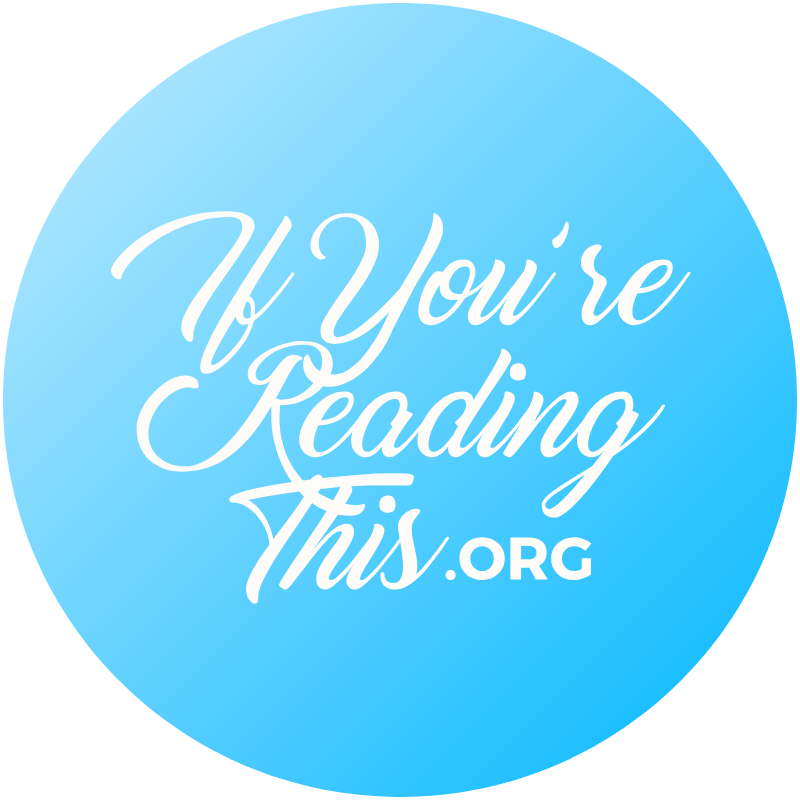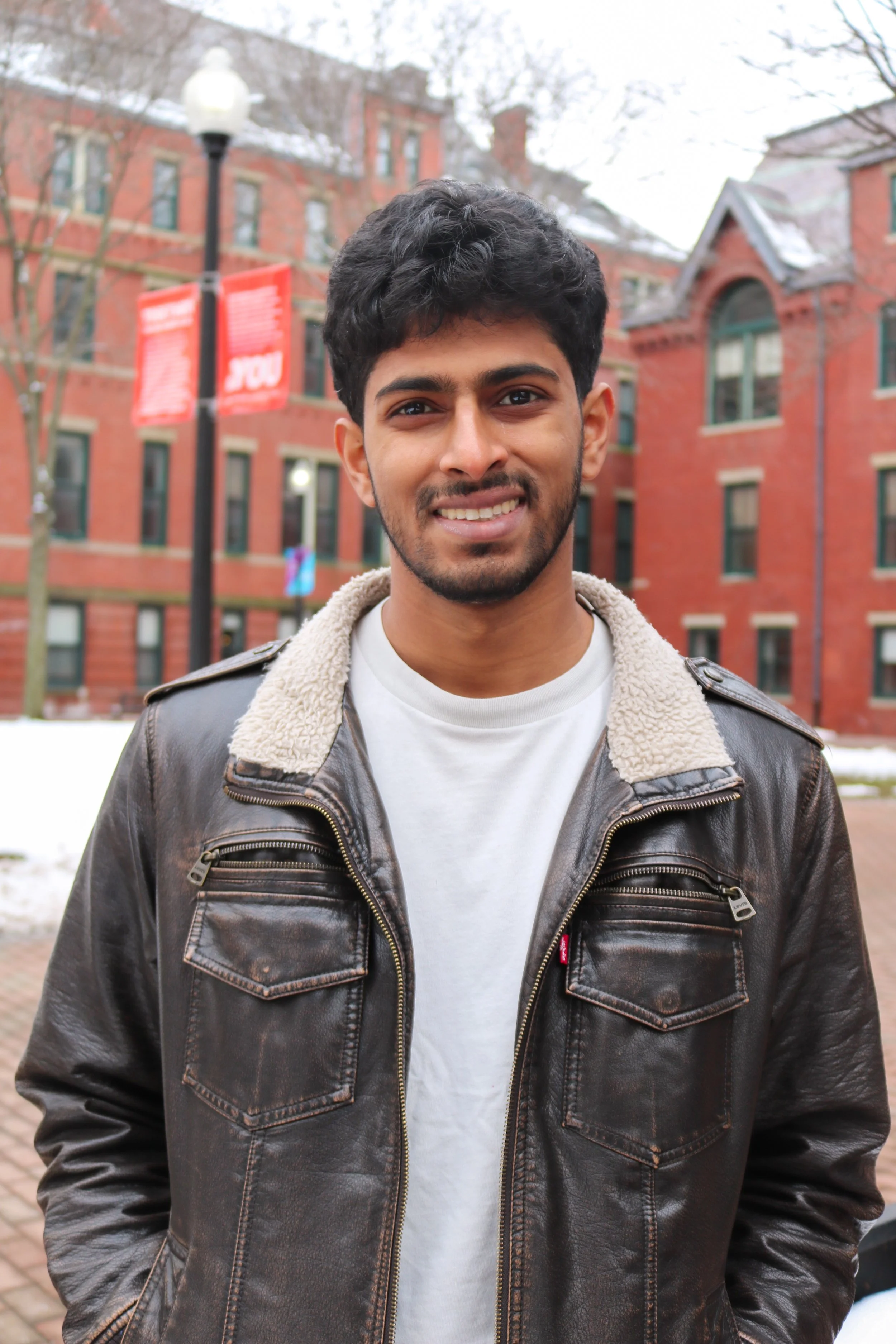Guhan V.
Photography by Emma Kraus
If you’re reading this, it’s okay to look for help, even if it scares you.
My first impression of therapy was quite stereotypical. I was fifteen, sitting on the couch like you would see in Frazier, listening to some white dude in business casual lecture at me. He carried an air of erudite arrogance about him, as if he were some enlightened soul who could simply recommend “mindfulness meditation “and “being in the moment,” and his clients would walk out of the office cured of all their problems. Finally, he finished with his platitudes, and I immediately returned to wrecking cars, waging war on the police and generally causing havoc, because I was actually playing Grand Theft Auto V, and fifteen year-old me could care less what some caricature of a shrink said. Now, GTA should not be used for an accurate portrayal of any subject, but those scenes only added to the idea I already had in my mind of mental health – one shaped by a culture and society that stigmatized just about everything related to mental health.
In this explanatory model, mental health could not be empirically observed, much less treated like you could treat an ear infection or a broken arm. Therapy was for damaged people – people who needed to be “fixed”, and it was up to these therapists, whose methods seemed maddeningly simple and inexplicably complicated all at once, to fix them with haughty advice about “being mindful” and “remaining in control of one’s emotions” as if those the magic words could really cure the problems in people's heads. If it got worse, the drugs came in, and if therapy was something for people who just needed help, psychiatric medications were even worse. This milieu of stigma surrounded me everywhere I went, and I concluded that mental health care was something to be avoided at all costs.
Of course, life had other plans. Little things chipped away at me, one by one, until one day, I finally hit my breaking point. I found myself strung out, exhausted, and realizing that I was not the person I wanted to be. My mental state was shot, and I did not have the tools to properly fix it. I finally accepted that I could not do it alone – I needed help. I did not know what help I needed, and I never wanted any help in the first place, but I made a critical decision – enough was enough.
For me, the decision to find a therapist to help me sort through my head proved to be the turning point I needed. Sure, I got the stereotypical advice to “be mindful,” but my therapist helped me understand what that meant– to consider what I am thinking, and why I am thinking that way. She asked some uncomfortable questions about what my daily routine was, how I felt around other people, and what my mind put me through in my worst moments. Most importantly, she listened to everything I could tell her and responded with empathy and acceptance – not only for the person I was, but for the person I wanted to be. I felt challenged, but I also felt respected. I was not treated as a freak or a deviant; instead, I was seen as a person with a problem that needed to be addressed like any other ailment.
When I decided to end my therapy sessions after six to eight weeks, my therapist was confident that I could function on my own and properly take care of my mental health. The funny part was, I believed her. I felt more composed, calm, and able to live with the thoughts in my head. Instead of falling apart when the stress became too much or avoiding the situations that made me anxious, I started to work through the noise. I forced myself to do what my therapist did for me and have difficult conversations about the person I want to be and how I want to respond to life’s challenges. Over the next three years, I still struggled with my own issues, but the short course I took helped me face my challenges and grow from some of them. Contrary to the image of the mental patient locked in their own mind, I felt more confidence when taking on the world, because I now possessed a better system to use when things went wrong.
Now, I want to try a new strategy – working with a therapist not to address a problem but prevent future ones. In medicine, there is a movement to shift away from the procedure-heavy style common nationwide towards a model of health promotion centered on primary care and prevention. In returning to therapy, I want to achieve something similar, by working to protect my mental health and provide myself with tools to help me understand, process, and react to the world in a healthier manner. Instead of responding to flare-ups of anxiety with a series of visits, my goal is to stay commitment to mitigating those flare-ups and hopefully preventing them from emerging at all, while also potentially reducing the number of visits needed compared to acute therapy.
I will be the first person to admit that what I am doing is scary. Going to therapy is scary.
Being vulnerable is utterly terrifying. Nevertheless, I still choose to ask for help. At the end of the day, I am anxious about so many things, from school to interpersonal relationships to the very idea of going back to therapy. Being stressed or anxious is normal, but to live every day in that fog is about as healthy as living in cigarette smoke, and I never want to feel that sense of powerlessness when it takes control – the tightness in my chest stealing my breath, the palpations clouding out every normal sensation, my skin catching fire as it flushes, the racing thoughts like a nuclear reactor dangerously close to meltdown. Realizing just how much that state hurts me was the first step. The second one is getting up and asking for help.
Guhan V., Boston University
Connect With Us
To follow IfYoureReadingThis at Boston University on Instagram, get in touch with our chapter, and learn about more resources available to Boston University students, visit our chapter’s homepage.
AUTHOR CONTACT
This author has opted to allow readers who resonate with their story to contact them. If you would like to speak to the author of this letter about their experience, please use the form below.

